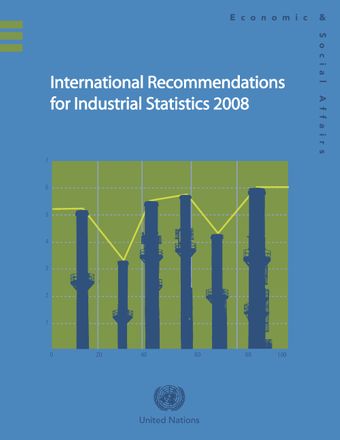Scope of industrial statistics

- Author: United Nations
- Main Title: International recommendations for industrial statistics 2008 , pp 11-17
- Publication Date: September 2011
- DOI: https://doi.org/10.18356/283fa4ea-en
- Language: English Arabic, Chinese, Russian, Spanish
In general, the term “economic activity” is understood as referring to a process, that is to say, to the combination of actions carried out by a certain entity that uses labour, capital, goods and services to produce specific products (goods and services). An activity is characterized by (a) an input of resources; (b) a production process; and (c) an output of products. By convention, a single activity is understood as a process resulting in a homogeneous type of product. It is recognized that one activity may consist of one simple process or may cover a whole range of sub-processes, each of which might be classified in a different activity category. For statistical purposes, an entity engaged in a given activity may be treated as either simple or complex. A simple entity is not subdivided into parts to which activities are attributed, while a complex entity is, by definition, composed of several sub-entities, each of which is seen as performing a specific activity. An entity engaged in more than one economic activity may produce more than one product. Such an entity may be subdivided into parts, each performing separate activities that produce separate products, if either bookkeeping records allow or there exist some statistical methods developed for the purpose of separation; each part of the entity may in this case also serve as a statistical unit.
-
From This Site
/content/books/9789210543736s004-c001dcterms_title,dcterms_subject,pub_keyword-contentType:Journal -contentType:Contributor -contentType:Concept -contentType:Institution105

